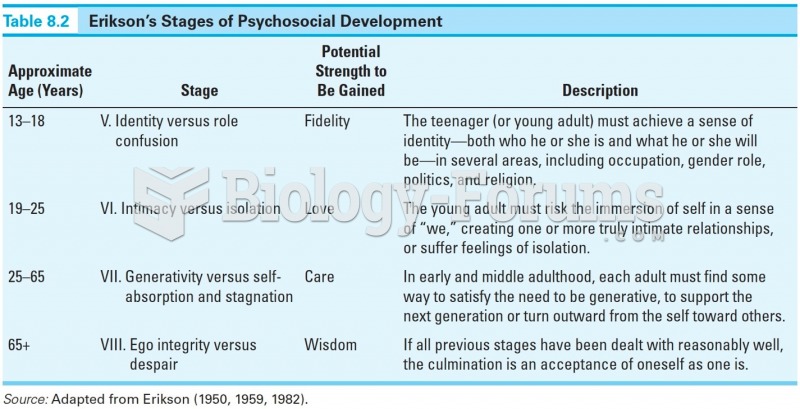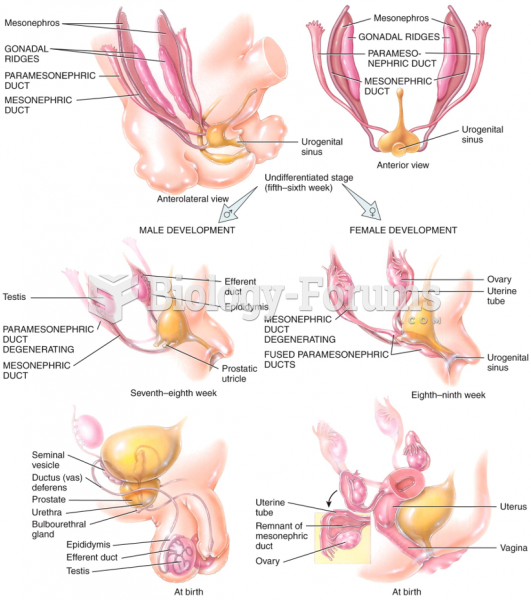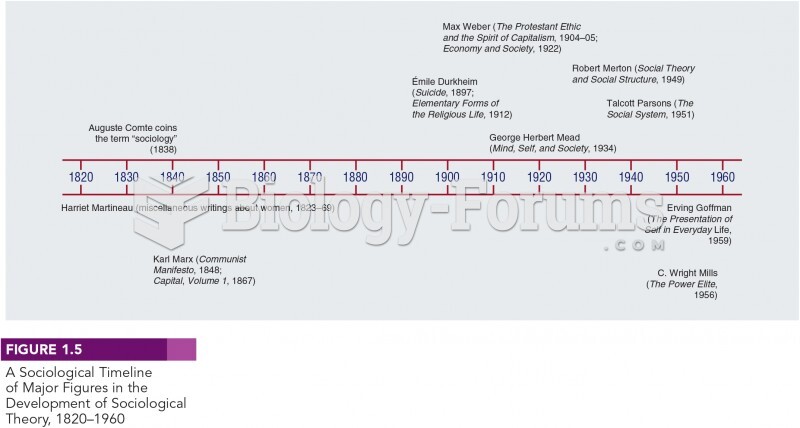|
|
|
Did you know?
Though “Krazy Glue” or “Super Glue” has the ability to seal small wounds, it is not recommended for this purpose since it contains many substances that should not enter the body through the skin, and may be harmful.
Did you know?
It is difficult to obtain enough calcium without consuming milk or other dairy foods.
Did you know?
In inpatient settings, adverse drug events account for an estimated one in three of all hospital adverse events. They affect approximately 2 million hospital stays every year, and prolong hospital stays by between one and five days.
Did you know?
The FDA recognizes 118 routes of administration.
Did you know?
Increased intake of vitamin D has been shown to reduce fractures up to 25% in older people.







